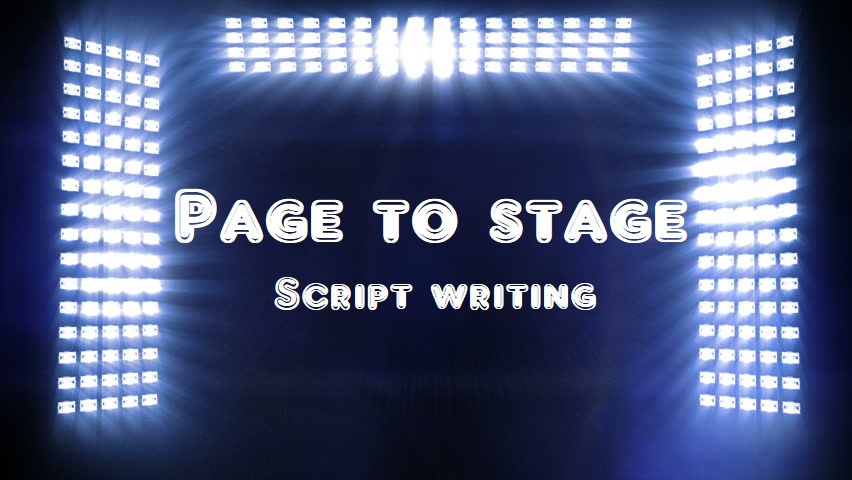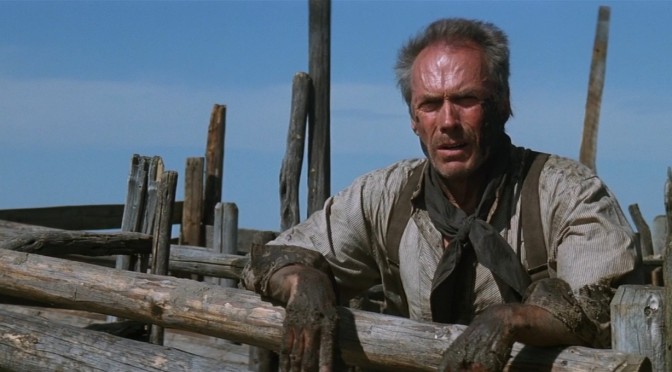When the pandemic hit, Hollywood went through a tough time since movie productions had to be shut down to ensure the safety of the casts and crews. The pandemic is one example of possible setbacks in movie productions. By now most of us have seen the infamous footage of Tom Cruise’s reprimanding of the crew during filming Mission Impossible 7.
There is more to the production phase of filmmaking than screenwriters realize. This stage is more than just setting up a camera and filming.
- There may be more crew members needed to be hired to fulfill specific production needs.
- More than likely there will be a script supervisor needed to ensure the continuity of the film.
The supervisor also helps to minimize unnecessary errors in the filming process or filming unnecessary scenes. The production’s ultimate goal is to bring the fictional world of a screenplay to life, but productions have a lot going on offscreen that makes the production phase possible.
Production Phase!
Production is where the rubber meets the road so to speak. It’s time for the cameras start shooting action. The most important thing in this phase is to remain on schedule. Following the production schedule helps keep the film within its budget, and staying within budget increases the likelihood the film will make a profit.
Keep in mind that during production other things are going on, such as the cast and crew being housed and fed. To keep those expenses on budget, the schedule must be followed to a T.
It is also important for the film to follow the script so that there won’t be any excess shooting time or inconsistencies in the story. Think of a highway through the mountains that gets blocked by an avalanche. The detours cost money and take time to get around. It’s the script supervisor’s job to make sure the story is consistent with the screenplay. All of these factors work together to help avoid a nightmare production schedule and a movie with glaring inconsistencies.
Occasionally, (briefly) going off-script improves a movie, as in these examples:
1. Indiana Jones and the Raiders of the Lost Ark – Originally, Indiana I was supposed to have a whip versus a sword fight.
2. Good Will Hunting – The brilliant Robin Williams improvised the story about his wife’s sweet imperfections.
3. The Shining – Jack Nicholson added the “Here’s Johnny” comment on the spot.
More often, going off-script costs money and produces a bad film like the others here:
4. Waterworld – The movie’s production went so far over budget it almost doubled its $100 million budget.
5. Titanic – Leonhard Carpio needed a stunt hand draw a sketch on film. Unfortunately, Leonardo is right-handed, but the hand doing the sketching in the movie was left-handed, so they had to do a mirror image during post-production to give the film continuity.
As you can see by these examples, movie studios have a high risk of their investments into screenplays. Editing can fix some issues, but editing is time-consuming and it doesn’t guarantee to fix every problem.
The obvious and most cost-effective course of action is to streamline and focus on the production phase before shooting comes to a wrap.
That’s a Wrap!
Production isn’t the end of the story for the film. After a movie has been filmed, studios want to be sure they are getting what they paid for. That is why there is more work to be done in the postproduction phase.

Martin Johnson survived a severe car accident with a (T.B.I.) Traumatic brain injury which left him legally blind and partially paralyzed on the left side. He is an award-winning Christian screenwriter who has recently finished his first Christian nonfiction book. Martin has spent the last nine years volunteering as an ambassador and promoter for Promise Keepers ministries. While speaking to local men’s ministries he shares his testimony. He explains The Jesus Paradigm and how following Jesus changes what matters most in our lives. Martin lives in a Georgia and connects with readers at MartinThomasJonhson.com and on Twitter at mtjohnson51.






No Comments